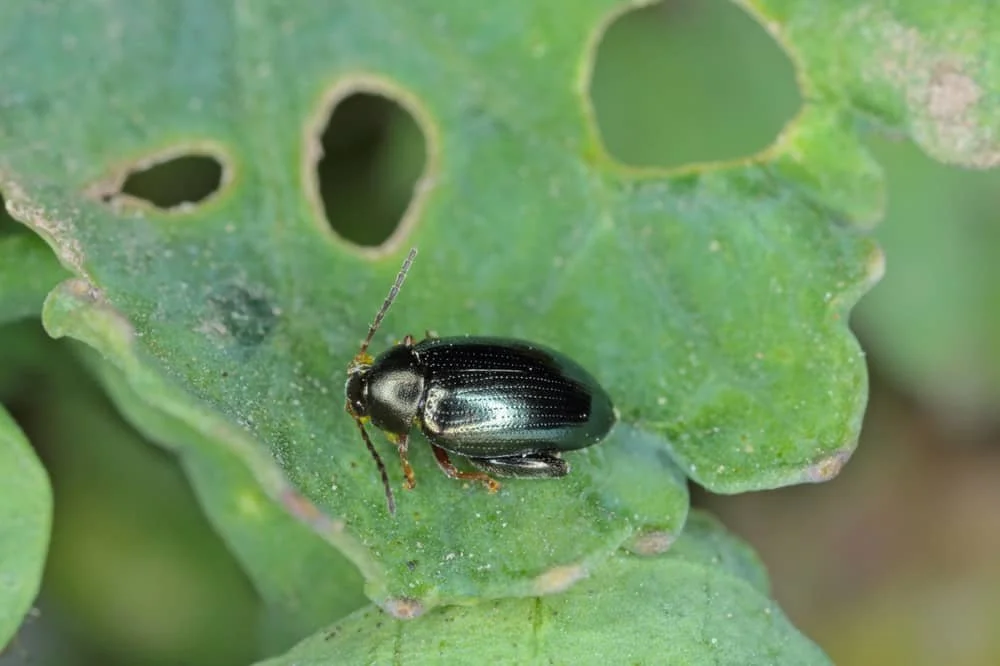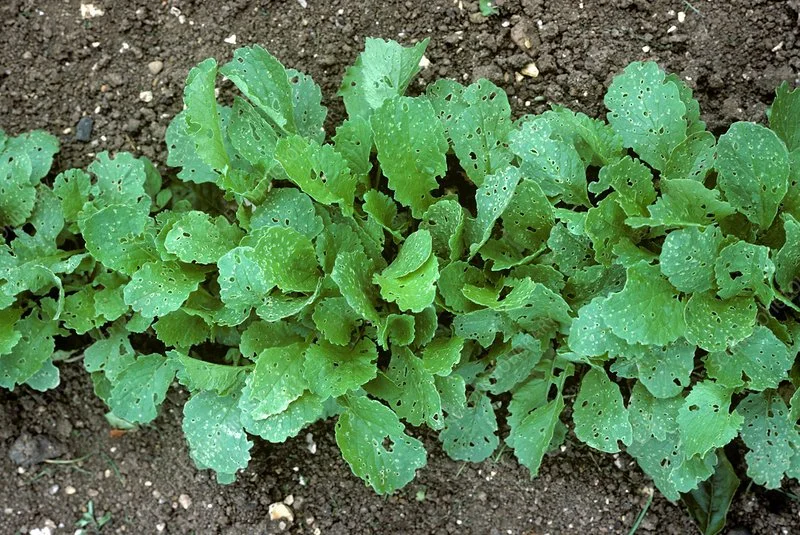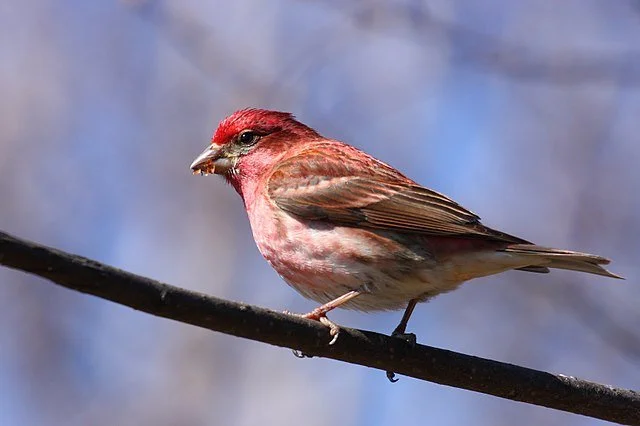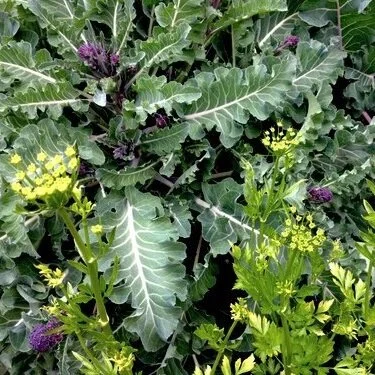Flea Beetles
Most years flea beetles are a problem with my fall-planted broccoli. Some seasons are worse than others and generally the pest is not an issue until I transplant the seedlings to the garden. There, they encounter the larvae and adults emerging from the soil.
This fall the problem is more acute so I took a deep dive into the world of flea beetles. Here’s what I learned. The following information is collected, mostly verbatim from reliable websites which are referenced at the end of the post.
Flea Beetles: Flea beetles are tiny (0.06-0.12" long) and dark brown to black. When disturbed, they jump like fleas using their powerful rear legs. Flea beetles overwinter as adults in soil, in crop residue and in brushy or woody areas. Larvae feed on plants until fully grown, then pupate in the soil for 11 to 13 days before emerging as adults.
Damage: A flea beetle damage appears as tiny holes in the leaves called "shot-holes.” When leaves of host plants are waxy and thick (e.g., broccoli leaves), feeding damage appears as pitting. Damage is most serious when plants are young, and leaves are tender. Once cole crops reach the five-leaf stage, they are generally able to tolerate a moderate level of damage; older plants are even more tolerant.
Flea beetles feed on cabbage family crops, beets and carrots. Arugula, mustard and bok choy are host plants as well. Species that attack eggplant and tomato family crops cause similar damage during the warm summer months.
Preventing Problems: Tips gathered from the sources listed below.
—Grow flowers nearby to attract beneficial insects, which prey on flea beetles.
—Provide favorable growing conditions and adequate moisture to reduce plant stress. This can shorten the vulnerable early-growth stages and helps plants survive flea beetle attack. Organic fertilization may make crops less attractive to flea beetles.
—Rotate crops. Control weeds. Remove crop debris at the end of season.
—Consider trap crops such as mustard planted at the perimeter. Plant a trap crop before transplanting a susceptible crop.
—Interplant susceptible crops with Chinese daikon or Snow Belle radishes.
—Use row covers if susceptible crops have not been grown in the same area previously. Row covers can limit access by beneficial insects.
Organic Solutions to Manage Outbreaks:
—Sticky traps (white and yellow) with lures specific to flea beetles.
—Dust with diatomaceous earth for serious infestations.
—Garlic extracts, mint and onion may repel flea beetles. I interplant cole crops with bunching onions. With more hope than evidence, I mulched my broccoli with California native sage debris reduced to size with a lawn mower.
—Beneficial nematodes (see ATTRA and Pacific Northwest Extension websites). Juvenile nematodes will destroy flea beetle larvae.
Botanical and soap-based pesticides should be considered a last resort in organic management. Like synthetic pesticides, most of these materials are broad-spectrum and kill many beneficial, non-target organisms, including predators and parasites that help keep the flea beetle population in check naturally.
—Rotenone with insecticidal soap is reported by UC Davis to be very effective.
—Pyola™ is a natural insecticide product that combines canola oil with pyrethrins.
—Spinosad can kill beetles with a serious infestation.
Natural Predators: Ground beetles and parasitic wasps. Animal predators include chickadees, purple finches, titmice, vireos, and warblers. Toads eat flea beetles and their pupae.
References:
Organic Management of Flea Beetles Pacific Northwest Extension publication
National Center for Appropriate Technology’s ATTRA Sustainable Agriculture
University of California Integrated Pest Management—Flea Beetles and specifically for cole crops UC Integrated Pest Management
Harvest to Table, Flea Beetle Natural Insect Pest Control
GrowVeg
GrowOrganic.com
Problem Diagnosis for Broccoli Vegetable Resource Information Center UC Davis











